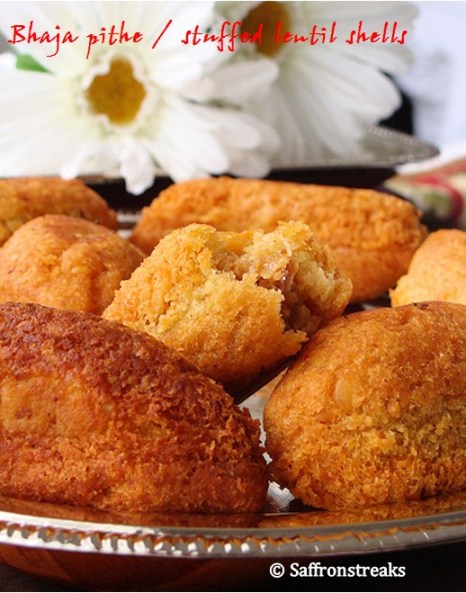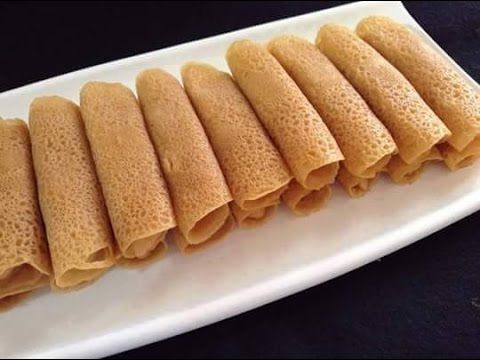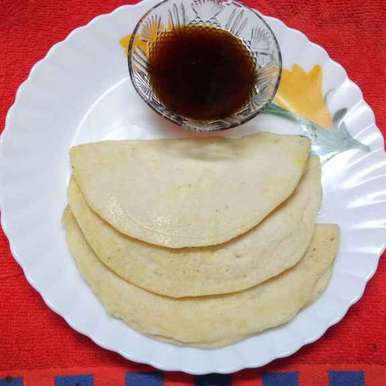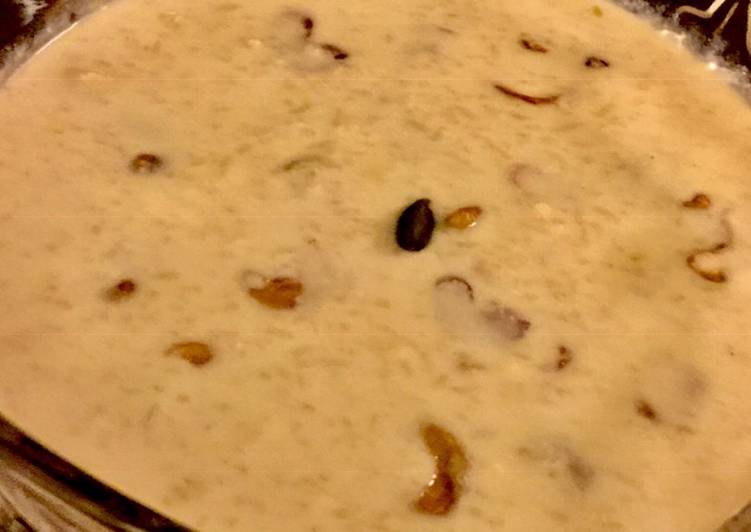It is believed, according to common folklore, that the Sun starts moving northwards from the day of Makar Sankranti which is known as Uttarayan. During this time, Poush Parbon or Poush Sankranti is observed pan Bengal. Poush Sankranti signifies the end of the Bengali month of Poush as well as the harvesting time of paddy and date palms. The day is more famously known for Poush Sankranti Pithe of Bengal.

To celebrate the seasonal bounty gifted by nature, the Bengalis celebrate the Poush Sankranti with food items made from the newly harvested rice and the nolen gur or fresh jaggery made from the date palm. These food items are known as Pithes or Rice Dumplings, Patishapta or Sweet Stuffed Crepes, Soruchakli or Thin Pancakes, and Chaaler Payesh or Rice Pudding.
Pithe – Pithes are basically dumplings made of rice flour and stuffed with fillings made from grated coconut and jaggery. There are many different types of Pithes eaten around different zones of West Bengal. The common ones are Seddho Pithe, Moong Puli or Moogshamali, Chitoi Pithe, Ashke Pithe and Bhapa Pithe.

For making Seddho Pithe, at first, a dough is made by mixing rice flour and warm water. Next, the dough is flattened out, filled up with a mixture of grated coconut and jaggery (narkoler chhnai), the open ends are closed up before putting them for steaming. Alternatively, many love the savoury version of Seddho Pithe filled with stir fried cauliflower, or tempered moong daal.

In case of Moogshamali, the filling is made of moong daal flour, salt and spices, tucked in the rice flour dumplings, and then deep-fried.
The Chitoi Pithe is a rice flour pancake that is steamed and eaten with liquid date palm jaggery or Nolen Gur. Ashke Pithe is another name for Chitoi Pithe. Traditionally, the Chitoi Pithe or the Ashke Pithe used to be made by dropping in the rice flour batter with a ladle on an earthen lid and then was steamed from below with the help of boiling water in an earthen pot. But, nowadays, an Idli steamer is commonly used as the shapes of these Pithes are pretty similar to those of the Idlis.

Patishapta – The Patishaptas look like crepes that are stuffed with grated coconut mixed with jaggery or condensed milk popularly known as kheer (don’t confuse with the North Indian preparation Kheer). The Patishaptas are made from a batter made of milk, rice flour and a bit of maida. Sometimes a bit of Sooji or Rava is also mixed for the extra crispiness.

Soruchakli – With the marvellous mingling of urad daal (Biulir Daal) and rice flour, these thin crispy pancakes are made. For tempering Saunf or Crushed Mouri (fennel seeds) are added in the runny batter. The crisp and the crunch gets perfectly partnered by the nolen gur.

Payesh – The Bengali Paayesh can be easily described as the Paayasams you can taste in South Indian states or the Kheer, which you can taste in the North Indian States. In the households of Bengal, mainly two different kinds of Paayeshs are made on the day of Poush Sankranti, – One is Dudh Puli, the other one is Notun Chaaler Paayesh.

Dudh Puli P.C:BetterButter.in 
Notun Chaal o Gurer Paayesh P.C:cookpad.com
In Dudh Puli, the Seddho Pithes are put in the reduced and sweetened milk while in Chaaler Paayesh, the gobindobhog atap (arwa chawal) rice is boiled in the milk and consequently reduced. In the later stages, the jaggery is added as a sweetener. The final appearance is similar to the consistency of a pudding so it’s also termed as rice pudding. There’s another variety of Paayesh, however, but was not much popular compared to its other counterparts. It is known as Choshi Pither Paayesh.

So, while we were discussing all these drool-worthy desserts, we thought about sharing with our personal favourite Poush Sankranti delicacy among the above list. It’s difficult to choose one, though.
We really love Soruchakli and Patishapta. So, which one is your favourite? Please share it with us in the comment section.
P.S: At around the time of Makar Sankranti, Green Jackfruits are also available. You can try out a delicious Bengali recipe with Green Jackfruits. Check out the recipe in this link.
Happy Makar Sankranti To Our Readers!



Like!! I blog frequently and I really thank you for your content. The article has truly peaked my interest.
Like!! Thank you for publishing this awesome article.
I’m really inspired with your writing skills and also with the layout in your blog. Is this a paid subject or did you modify it yourself? Either way keep up the nice high quality writing, it is uncommon to peer a nice blog like this one today.
Thanks!